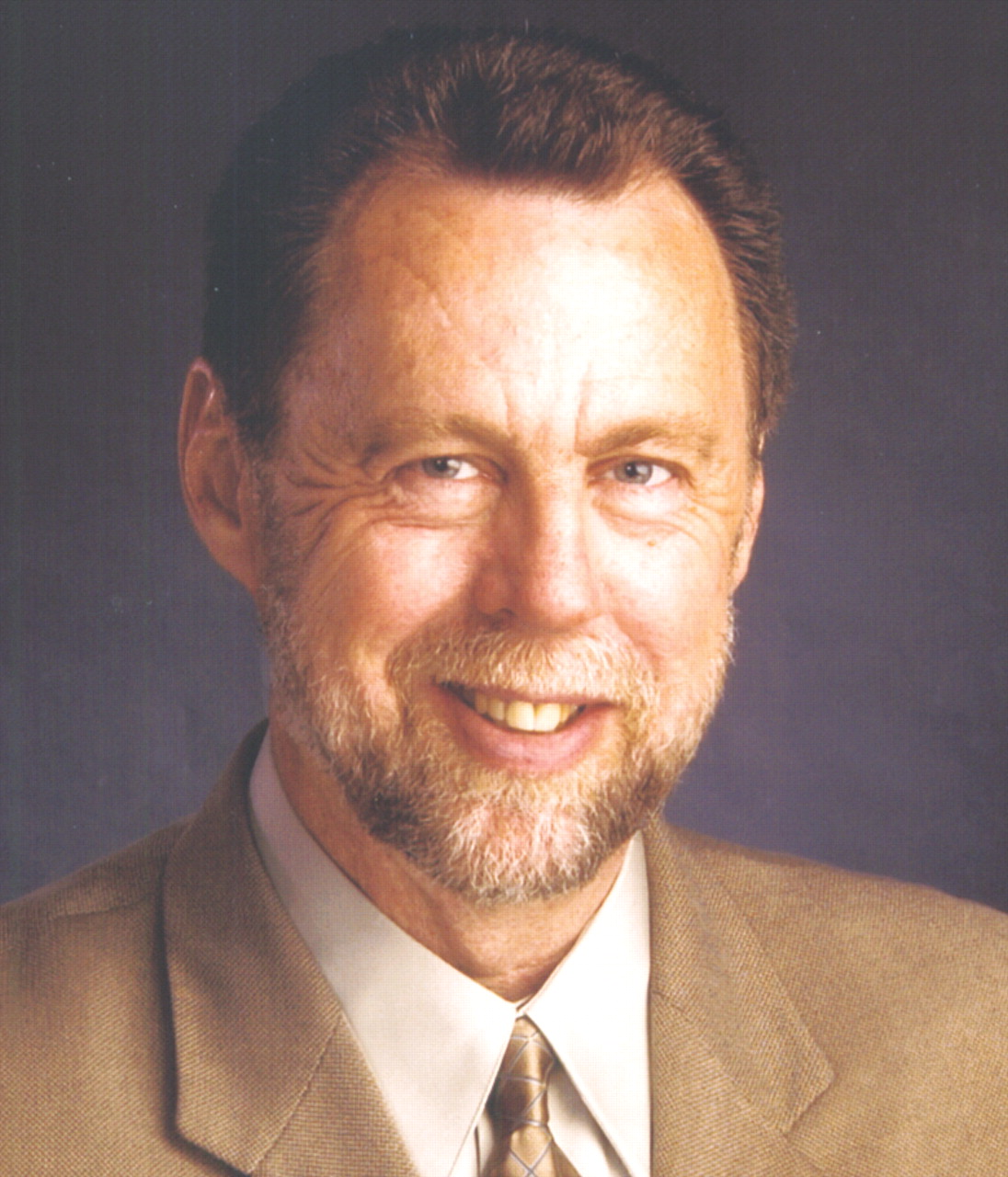‘Mingling’ in the Community: Powerful Antistigma Tool

Stigma is not just an obstacle for people seeking consultation for psychiatric problems. Among other things, stigma deters funding for research, facilitates discriminatory attitudes with respect to workplace support, and provides an underlying mindset that influences insurers to restrict coverage inappropriately. Adding to the pervasiveness of stigma is that psychiatrists seem to be in denial about the baggage that the profession carries—or they resent it, feel defensive, or opt out of the public-relations domain entirely, waiting for the public to come around. We often believe that people should just trust us or should just understand us. We are doctors, after all! (Reality check: Not even that many people know that psychiatrists are doctors. I could not find any recent surveys done in the United States regarding how the public defines psychiatrists. A survey done in the United Kingdom in late 2001 by the Royal College of Psychiatrists revealed that barely half of the people surveyed knew that psychiatrists are medically qualified, and 80 percent underestimated the length of psychiatric training.)
APA and individual psychiatrists can take action to correct such misunderstanding at three levels: as a professional body, at a service level, and as individual practitioners. Stigma, however, is such a big problem that we tend to leave the work of fighting stigma to consumer groups such as the National Mental Health Association and the National Alliance for the Mentally Ill.
In an excellent article titled “Reducing the Stigma of Mental Illness” in the April issue of the journal Student BMJ, author Jim Bolton, M.D., pointed out seven ways psychiatrists can reduce stigma: examine our own attitudes, update our knowledge, listen to what patients say about mental illness, watch out for stigmatizing language, be an advocate for those with mental illness, be politically active in daily work, and challenge stigma in the media. I believe, however, that he left out the most important antistigma behavior—mingle with the community.
Patrick Corrigan, Psy.D., of the Chicago Consortium for Stigma Research conducted a study to test three ways for changing mental illness stigma—protest, education, and contact. The study, published in 2001 in issue 2 of Schizophrenia Bulletin, discovered that face-to-face contact between individuals with mental illness and test subjects produced the best results in terms of reducing stigma. One could extrapolate such results to conclude that the best way to bring about more understanding and less stigma related to psychiatry and psychiatrists is face-to-face contact. That principle should almost be intuitive at this point in history. Police and many other professions have practiced the principle for many years. But the stigma battle can still be won. Stigma-reducing strategies that I have found particularly effective are mental health and substance abuse awareness and fundraising runs and walks.
Such events allow mental health care consumers, the general public, and all sorts of mental health professionals the opportunity to have face-to-face contact in a nonthreatening and fun environment. These events are excellent opportunities for psychiatrists to mingle and be seen as something other than mental health care gatekeepers or ivory-tower professionals. Mental health runs and walks provide a potent form of desensitization for traditionally stigmatized issues, and they increase a community’s comfort zone about mental health care. They are, quite simply, antistigma at its best. ▪
Dr. Sterling is a general and geriatric psychiatrist in Seattle and maintains the Web sites www.MentalHealthRun.org and www.MentalHealthStigma.org as a volunteer informational effort.



